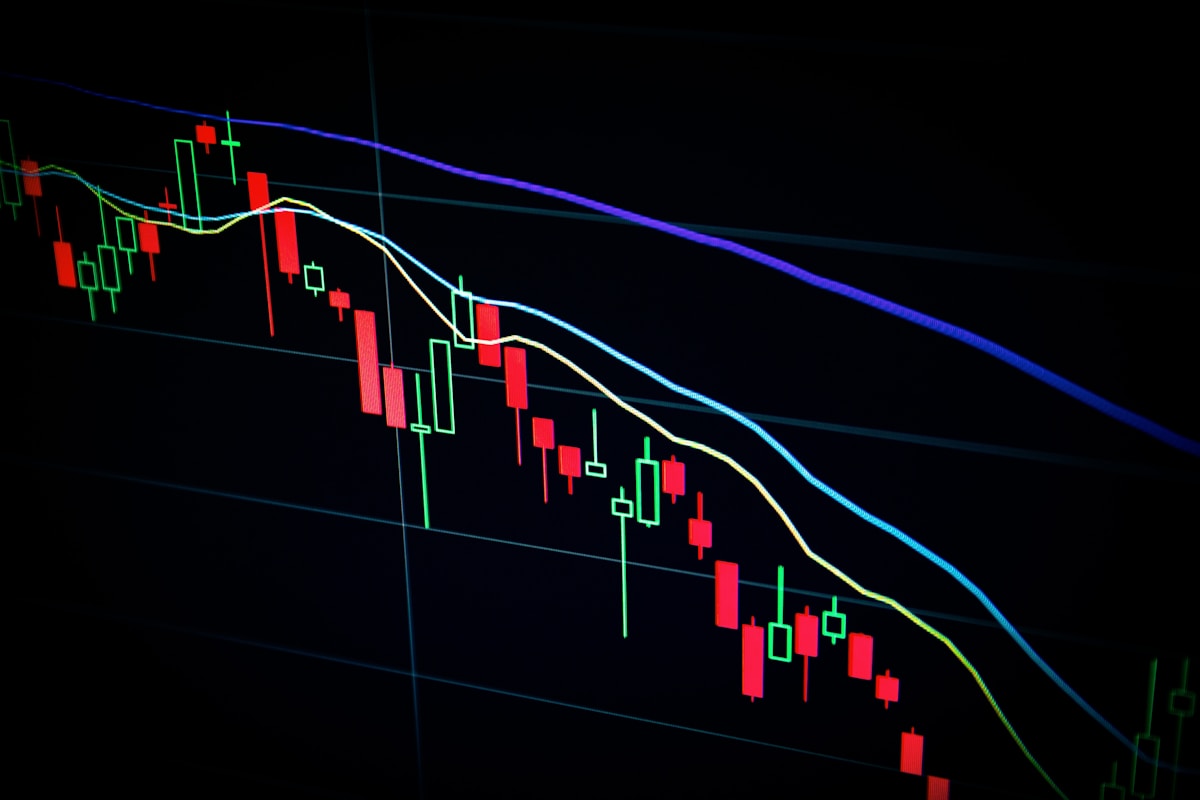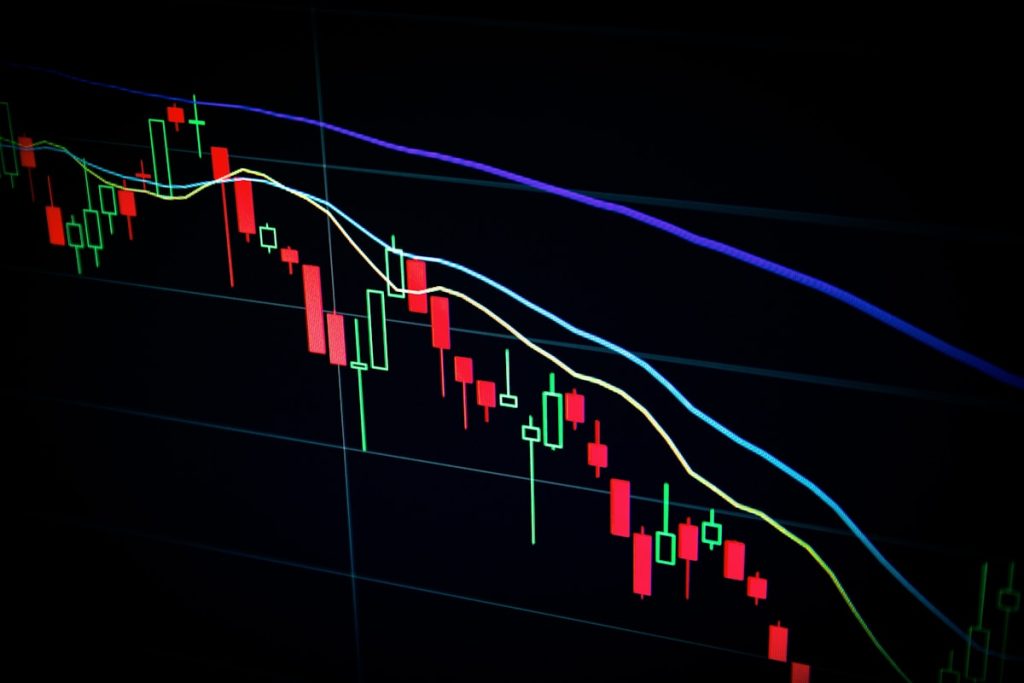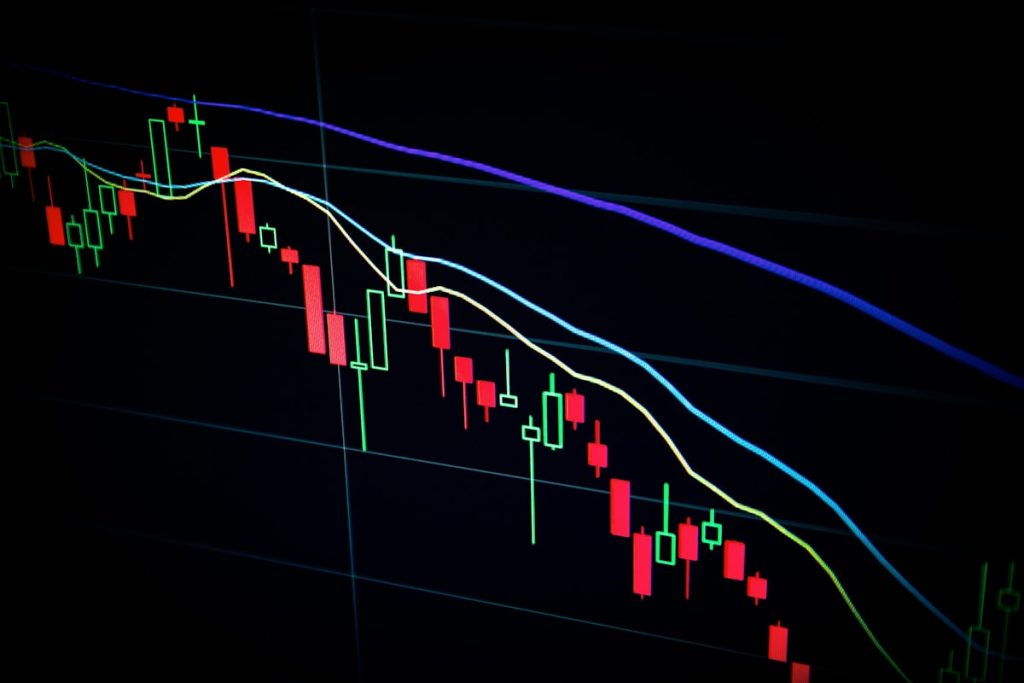Market Overview
U.S. equity markets slipped on Tuesday as investors digested a combination of President Donald Trump’s newly announced tariffs and a disappointing jobs report for June. The Dow Jones Industrial Average fell 1.2%, the S&P 500 dropped 1.4%, and the Nasdaq Composite slipped 1.6% at the close. The twin blows of higher trade barriers and softer labor market data reignited concerns about the pace of economic growth and corporate earnings.
Tariff Shockwaves
President Trump unveiled a fresh set of tariffs targeting $200 billion of Chinese imports, expanding the existing 25% duty on a broader range of consumer goods, electronics, and industrial components. The administration argued the move was necessary to address what it called “unfair trade practices” and to protect American jobs.
While the policy may please certain domestic manufacturers, analysts warned that higher import costs could quickly filter through the supply chain, squeezing profit margins for companies that rely on Chinese parts. The sectors hit hardest in early trading included technology, automotive, and consumer discretionary, where many firms source components from Asia.
Weak Jobs Data Adds to the Angst
The Labor Department released its June employment report showing non‑farm payrolls increased by just 150,000 jobs, well below the 200,000‑plus growth rate economists had forecast. The unemployment rate ticked up to 4.8%, and average hourly earnings rose a modest 0.2% month‑over‑month. The data suggested the labor market was losing momentum, raising doubts about consumer spending power.
Investors interpreted the report as a warning sign that the economy could be cooling faster than anticipated, especially in the face of rising trade tensions. The Federal Reserve’s next policy decision now appears more uncertain, with the possibility of a more dovish stance gaining traction.
Sector‑Specific Impacts
- Technology: The Nasdaq’s decline was led by heavyweights like Apple and Intel, whose shares fell after analysts highlighted the risk of higher component costs.
- Industrial: Companies such as Caterpillar and Deere & Co. saw their stocks dip as investors feared higher input prices could erode margins.
- Consumer Discretionary: Retailers, including Home Depot and Lowe’s, were pressured by the prospect of reduced consumer confidence amid weaker job growth.
- Financials: Banks experienced a modest decline, reflecting concerns that reduced corporate earnings could translate into lower loan demand.
Market Sentiment and Outlook
Market sentiment turned decidedly risk‑averse, with the CBOE Volatility Index (VIX) climbing to 22.5, its highest level in three months. Traders are now focusing on the upcoming Federal Reserve meeting and the potential for further tariff escalations. If the Fed signals a more accommodative monetary policy, the market could find some support; however, any indication of continued rate hikes would likely exacerbate the sell‑off.
Analysts suggest that investors should monitor the following indicators over the next weeks:
- Further statements from the White House regarding the scope and duration of the new tariffs.
- The Federal Reserve’s language on inflation and employment trends at its July policy meeting.
- Corporate earnings reports, especially from companies heavily exposed to Chinese supply chains.
In the short term, volatility is expected to remain elevated as the market reconciles the twin challenges of trade policy uncertainty and a slowing labor market. For longer‑term investors, the key will be to assess which sectors can adapt to higher import costs while maintaining growth momentum.
Conclusion
Tuesday’s market close reflects the fragile balance between policy actions and economic fundamentals. While the new tariffs aim to protect domestic industries, they risk amplifying cost pressures at a time when the job market shows signs of weakening. The confluence of these factors has prompted a broad sell‑off across major indices, underscoring the need for investors to stay vigilant and diversify amid an increasingly unpredictable economic landscape.



